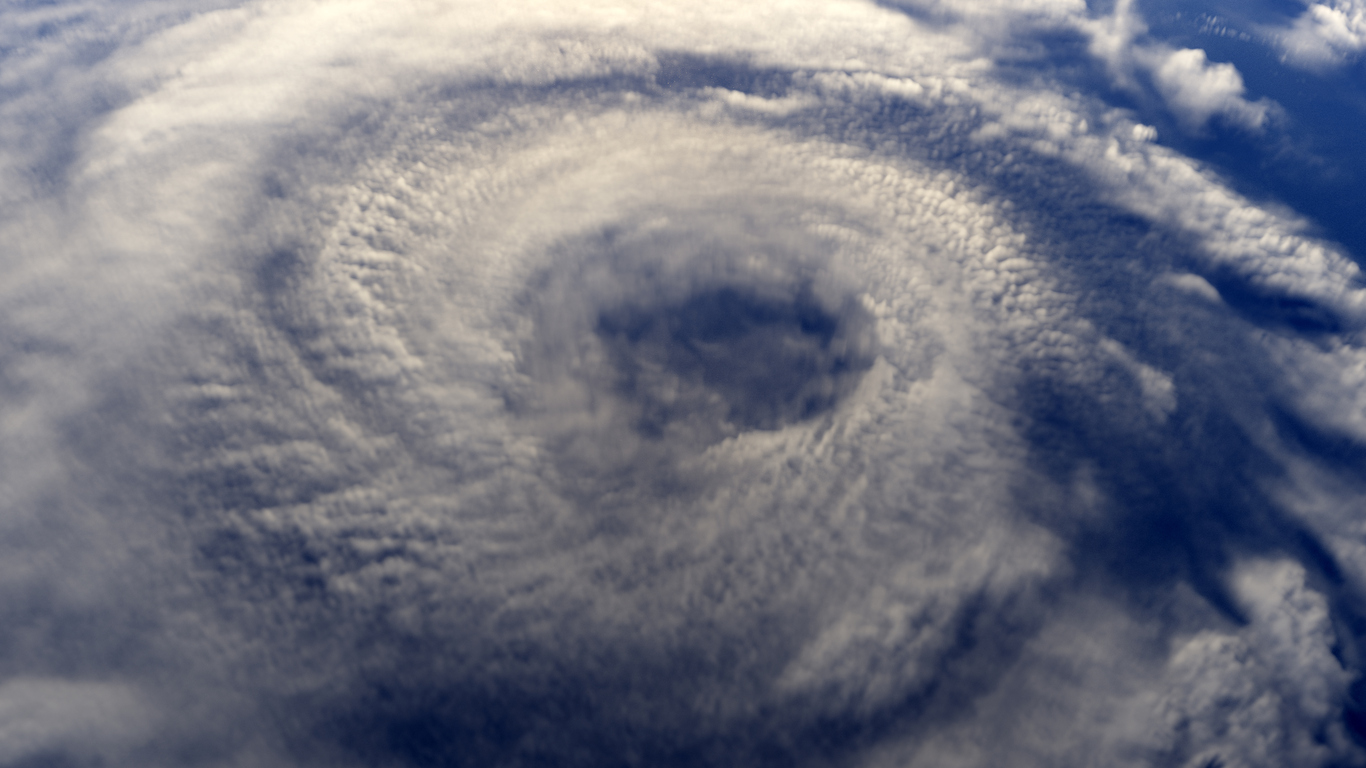While Ida is expected to generate significant economic and insured losses in Louisiana, it is "unlikely to trigger ratings downgrades of individual property and casualty insurers or reinsurers," according to Fitch Ratings. There is the potential for industry loss of $15 billion to $25 billion, according to the rating agency. That figure is below the record $65 billion of insured losses from Katrina, which struck Louisiana on the same date as Ida 16 years ago and became the largest insured loss event in U.S. history.
Wells Fargo analyst Elyse Greenspan anticipates insured losses from Ida of between $15 billion and $20 billion, which she expects will "hit into reinsurer attachment points." The insurance industry is "well capitalized" and should be able to absorb losses from Ida without hurting capital positions, she said. That said, some insurers and reinsurers may temporarily pause their stock buybacks until the hurricane season ends, Greenspan added.
It will take months to determine the magnitude of insured damages and how much the storm will affect primary property and casualty insurers, Moody's analyst Jasper Cooper said. The Gulf Coast is "a peak catastrophe zone for reinsurers" and companies with exposure to Louisiana and its neighboring states may experience "meaningful losses," Cooper said.
Ida made landfall on the southeastern coast of Louisiana as a Category 4 storm around 12 p.m. CDT on Aug. 29. The storm came ashore near Port Fourchon, La., with sustained winds approaching 150 mph and causing a storm surge of between 8 and 12 feet.
Ida matched Hurricane Laura in 2020 and the Last Island Hurricane of 1856 as the strongest storms to hit Louisiana. It is the fifth-strongest hurricane to make landfall in the continental U.S.
After lashing the Gulf Coast with high winds and heavy rains, Ida was forecast continue on a northeast track through Tennessee, Kentucky and West Virginia before heading out to the Atlantic Ocean over the Mid-Atlantic states before the end of the week.
Ida knocked out power across the entire city of New Orleans and elsewhere throughout the Gulf Coast as the wind and storm surge took out power lines and transformers, as well as a transmission tower near the city. More than 1 million Gulf Coast residents were left without power in the immediate aftermath of the storm.
S&P Global Market Intelligence data shows that State Farm Mutual Automobile Insurance Co. had far and away the most residential exposure in Louisiana and Mississippi, based on homeowners premiums written in 2020. Chubb Ltd. and American International Group Inc. were the largest writers of commercial property business in Louisiana in 2020, though State Farm was also a major player in that market. The Travelers Cos. Inc. was the biggest commercial property writer for Mississippi, with $39.3 million in such premiums in 2020.













